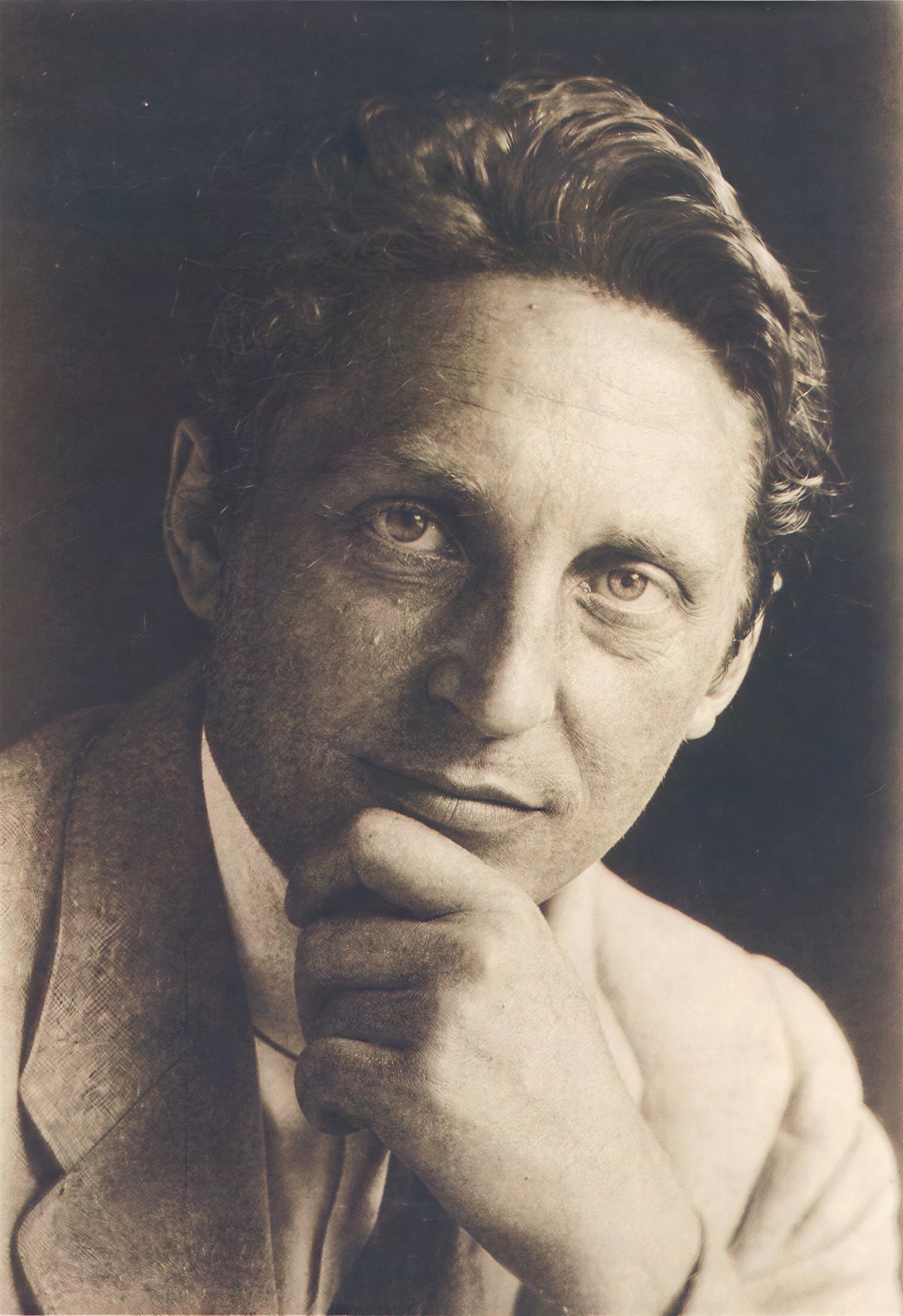Comments
Loading Dream Comments...
You must be logged in to write a comment - Log In

 Artist
Artist
Hans Prinzhorn’s Artistry of the Mentally Ill (Bildnerei der Geisteskranken, 1922) remains one of the most haunting and transformative explorations of creativity ever written. More than a psychiatric document, it is a visionary inquiry into the human impulse to make art—an impulse that, Prinzhorn argued, survives even when the mind fractures and language collapses. The book gathers over 5,000 artworks made by psychiatric patients from asylums across Europe, collected during Prinzhorn’s time at Heidelberg University, and analyzes them with an eye that is at once clinical, aesthetic, and metaphysical.
Prinzhorn was both a psychiatrist and an art historian, and his double training gives the text its strange power. He refuses to see the drawings, paintings, and sculptures of the “mad” as pathological specimens. Instead, he treats them as authentic expressions of the same creative drive found in great artists. The book moves fluidly between psychological interpretation and art criticism, examining line, color, composition, and symbol while probing the inner necessity that animates each work. Prinzhorn’s central question—what drives human beings to make images?—transcends diagnosis. Madness, for him, merely exposes art’s raw foundations: isolation, ecstasy, terror, and the desperate need to order chaos.
Visually, the works Prinzhorn reproduces (later admired by Paul Klee, Max Ernst, and Jean Dubuffet) seem to erupt from the unconscious. Spirals, sacred geometries, obsessive repetitions, and distorted anatomies pulse with private meaning. In describing them, Prinzhorn avoids condescension. He recognizes that the “mentally ill” are not outside humanity but reveal its core instability. His sympathy for the artists, his insistence on their dignity, made the book revolutionary—and deeply unsettling to early 20th-century psychiatry, which preferred to see patients as data rather than as creators.
Philosophically, Artistry of the Mentally Ill anticipates the Surrealists’ fascination with automatism and the Art Brut movement’s valorization of outsider expression. Prinzhorn’s prose can be dense and occasionally dated in its terminology, yet his intuition—that art is an existential act, not a cultural ornament—remains startlingly modern.
Ultimately, the book compels us to look beyond categories of sanity or talent and to confront the continuum of human imagination. In the trembling lines of the asylum artists, Prinzhorn saw not aberration but revelation: that art is the soul’s last form of coherence when the world itself has gone incoherent. Artistry of the Mentally Ill is both archive and manifesto, and its echo still resounds through every discussion of outsider art, creativity, and the fragile architectures of the mind.